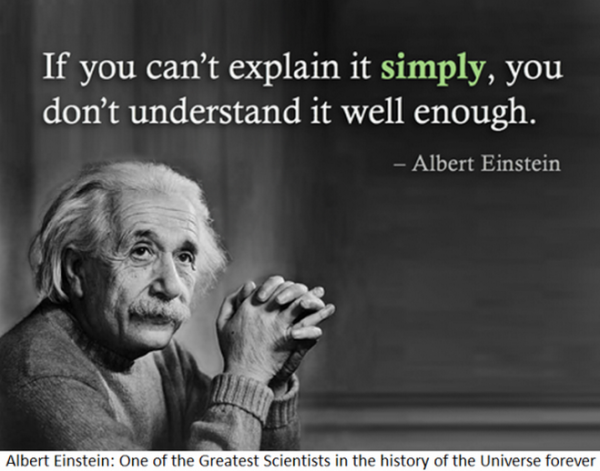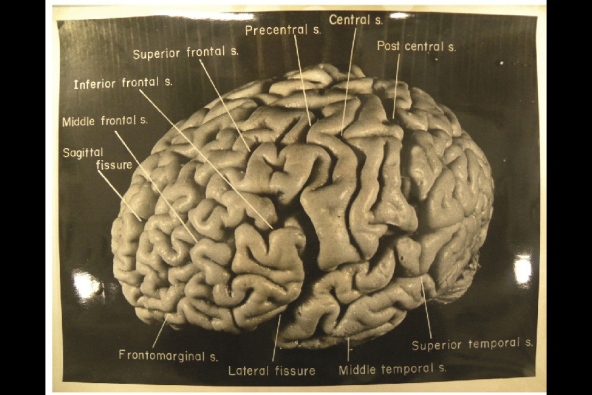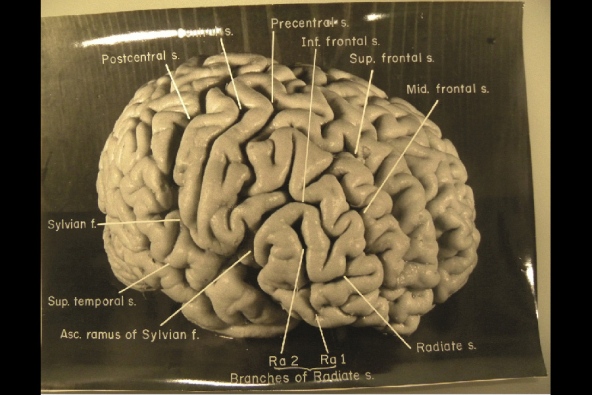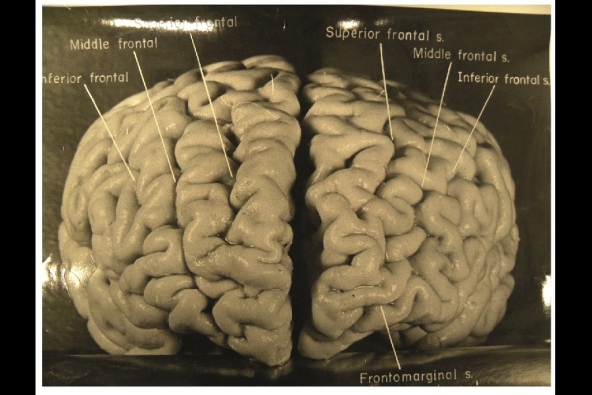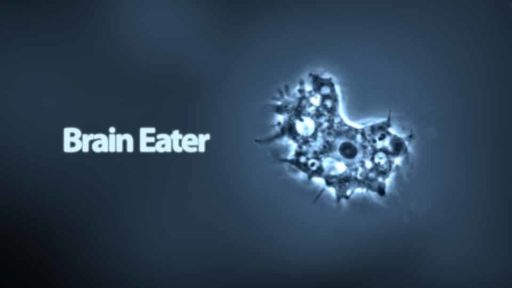World’s one of the greatest scientists Albert Einstein who died in 1955 is considered one of the most intelligent people ever lived in the universe. Researchers had a great query about how a normal human being had such intelligence? And since then researchers started analyzing this greatest scientist’s brain. Researchers have found some extra-ordinary mysteries of Einstein’s brain. Researchers have found Einstein’s brain had no parietal operculum, his brain was smaller than average and there was an unusual feature in the right somatosensory cortex in his brain.
After the death of famous scientist Albert Einstein, his body was sent for post-mortem. Pathologist Thomas Harvey removed Einstein’s brain and preserved it in formalin while doing Einstein’s autopsy. Before cutting the brain into 240 blocks, he took dozens of black and white photographs of Einstein’s brain. From each block Harvey took tissue samples, mounted them onto microscope slides and distributed the slides to some of the world’s best neuropathologists. Neuropathologists started to analyze his brain and found that Einstein’s brain was smaller than average. Besides subsequent analyses showed all the changes that normally occur with ageing.
After that Harvey stored Einstein’s brain fragments in a formalin-filled jar in a cider box kept under a beer cooler in his office. Decades later, some other researchers asked Harvey for some samples of Einstein’s brain. Harvey gave them some sample and the researchers found some unusual features during analyzing the samples. They found Einstein’s brain had several unique, unusual and unused features.
In 1985 a study found two parts of Einstein’s brain contained glia (an unusually large number of non-neuronal cells) for every neuron. More than a decade later of this finding another study showed that the parietal lobe (part of a brain positioned above the occipital lobe and behind the frontal lobe) of Einstein’s brain lacks a furrow and operculum (part of the cerebral cortex that covers the insula). Researcher thought the missing furrow might have enhanced the connections in this region for which Einstein had fabulous mathematical (arithmetic) skills. Behavioural neuroscientist Sandra Witelson at McMaster University in Hamilton, Canada, discovered that Einstein’s brain had no parietal operculum.
However few months ago anthropologist Dean Falk of Florida State University in Tallahassee and her colleagues collected 12 original photographs taken by Harvey from the National Museum of Health and Medicine in Silver Spring, Maryland. Falk and her colleagues started to analyse the images. They noticed there was an unusual feature in the right somatosensory cortex. Be noted somatosensory cortex receives sensory information from the body. Falk and her colleagues believe due to this right somatosensory cortex, the region corresponding to the left hand Einstein’s brain was expanded for which he had accomplished violin playing. Later these researchers started to compared the 12 images of Einstein’s brain with different 85 brains described in other studies. Their analysis has been published in the journal Brain.
Researcher believe that further study on Einstein brain would definitely reveal that why Einstein had excess brilliance and intelligence.
Source : Nature
[ttjad keyword=”hot”]

